Modern Architecture: Styles You See Every Day
More than half the world lives in cities now, and modern architecture shapes how we work, live, and move. You probably pass modern buildings every day without naming their style.
Modern architecture started in the early 20th century and keeps changing. It values clean lines, open plans, and new materials like steel, glass, and concrete. The goal is function first: form follows use. That makes buildings simpler to build and easier to use.
Several movements sit under the "modern" umbrella. Modernism pushed away ornament and favored geometric forms. Brutalism shows raw concrete and bold massing. Minimalism pares spaces down to essentials. High-tech exposes structure and systems. Postmodernism came back with color, irony, and references to older styles.
Want to spot modern architecture fast? Look for broad windows, flat roofs, exposed beams, and minimal decoration. Check materials: visible concrete, glass curtain walls, and steel frames are giveaways. Interiors often have open plans, plenty of natural light, and few dividing walls.
Modern buildings can also be practical. They often let you adapt rooms easily, use daylight to cut energy bills, and support sustainable upgrades like solar panels or green roofs. Many old industrial buildings have become modern lofts with smart retrofits.
Quick design tips for homeowners
If you want a modern look at home, start with these moves. Choose simple shapes and a neutral color palette. Swap heavy curtains for large clear windows and let light define the space. Mix natural wood with metal or concrete finishes to add warmth without clutter. Keep furniture low and uncluttered so rooms feel open.
On a budget, focus where it matters: improve windows, add a simple open shelving plan, and clear visual clutter. Small changes like recessed lighting, a single bold art piece, or a clean-lined kitchen island can shift the feel toward modern without a full remodel.
Where to learn more on Macklowe Art & Architecture
Explore articles on this tag to see how modern ideas grew from older styles and why they still matter. Read "Postmodern Architecture: Rethinking Design from the Ground Up" to see how architects reacted to strict modern rules. Check "Minimalism Tips for Beginners" if you want practical steps to simplify. For historical context, our pieces on Roman, Renaissance, and Beaux‑Arts architecture show the long thread of design ideas that feed today’s work.
Use the tag page to browse visually strong examples, compare styles, and save posts that match your taste. Drop a question or a photo in the comments if you want help spotting features near you.
When you tour a city, start with public buildings and old factories turned into housing. Photograph window grids, shadow lines, and where facades meet the street. Watch how plazas and overhangs shape movement. Look at floor plans when available—modern designs favor flexible areas over small rooms. Also check posts about preservation to see how architects keep historic fronts while updating interiors. Save images and notes; they make spotting patterns easier next time you travel.
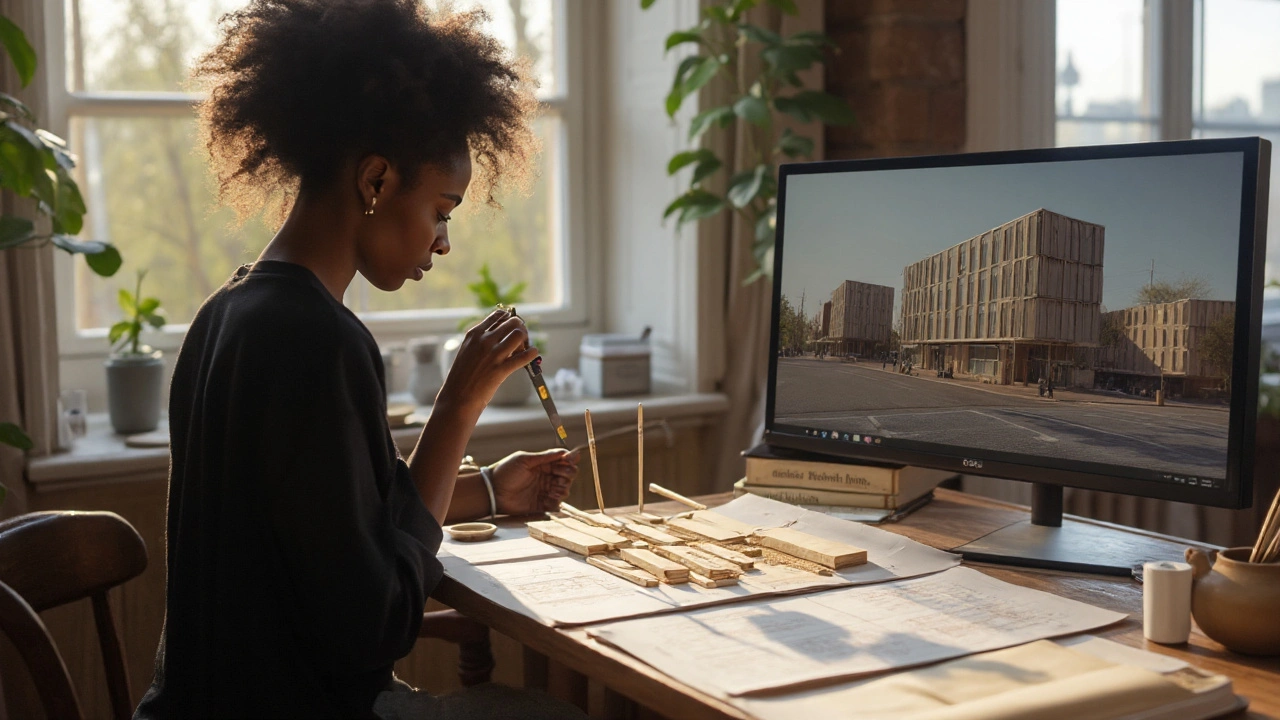
Reviving the Renaissance: How Renaissance Architecture Shapes Modern Design Today
A clear, practical guide to how Renaissance ideas-proportion, symmetry, order-shape modern architecture, with examples, checklists, and step-by-step tips.
Read more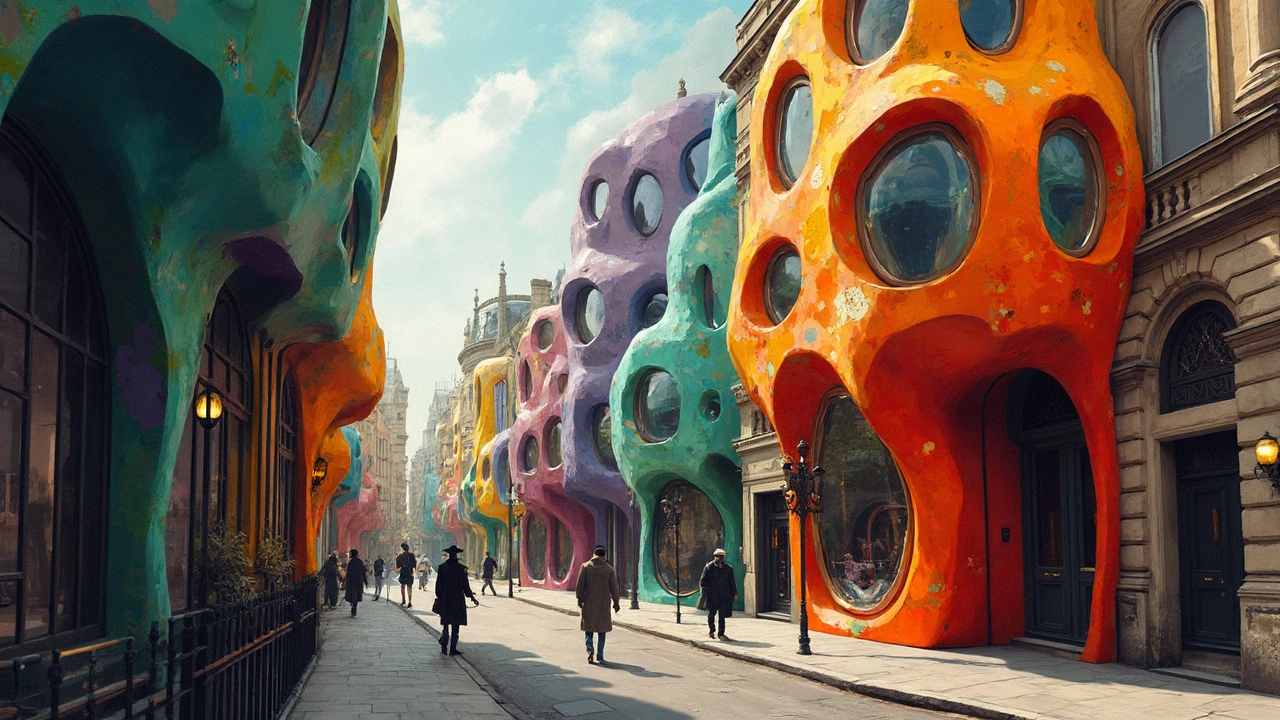
Expressionist Architecture: The Power of Emotion in Design
Expressionist architecture tosses out the rulebook and lets buildings show emotion, almost like they're alive. This article explains why some buildings look wild or dreamlike, and how that happened just after World War I. You’ll see how architects used color, shape, and bold materials to shake up cities and inspire the world. Get ready for real-life examples and practical tips to spot expressionist elements around you. The style still wows people and stirs feelings even now.
Read more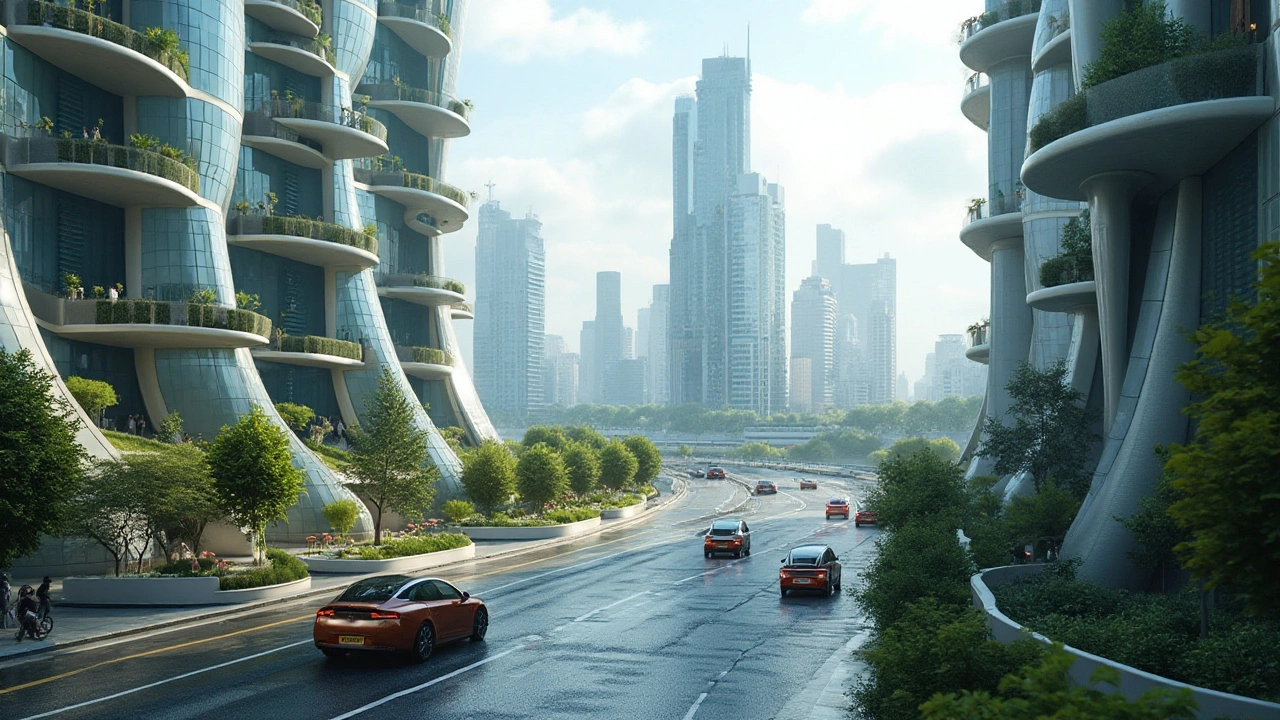
Exploring Neo-Futurism in Modern Art and Architecture
Neo-Futurism represents a bold departure from traditional aesthetics, embracing the latest technology and innovative ideas to shape the future of art and architecture. This movement seeks to integrate sustainability and sleek design, often characterized by its dynamic forms and intricate detailing. By prioritizing ecological harmony and human-centered design, Neo-Futurism paves the way for urban environments that are both functional and inspiring. The movement challenges conventional thinking, inviting architects and artists to envision possibilities that extend beyond the present constraints. Discover how these visionary designs are redefining built environments and aesthetic values.
Read more
Why Gothic Revival Architecture Matters in Modern Times
Gothic Revival architecture reemerged in the 19th century and is still influencing modern design. This style's unique blend of historical elegance and contemporary practicality offers timeless appeal. From churches to homes, its striking features continue to inspire both architects and homeowners. Explore the enduring relevance of Gothic Revival's ornamental flair, structural innovations, and cultural significance in today's built environment.
Read more
Exploring the Vibrant World of Expressionist Architecture
Expressionist architecture encompasses a wide range of daring and imaginative structures that pushed the boundaries of traditional design. This article delves into the characteristics, historical background, significant buildings, and the impact of this unique architectural style. Learn about the visionary architects behind some of the most iconic structures and take away practical tips for recognizing and appreciating expressionist designs in the urban landscape.
Read more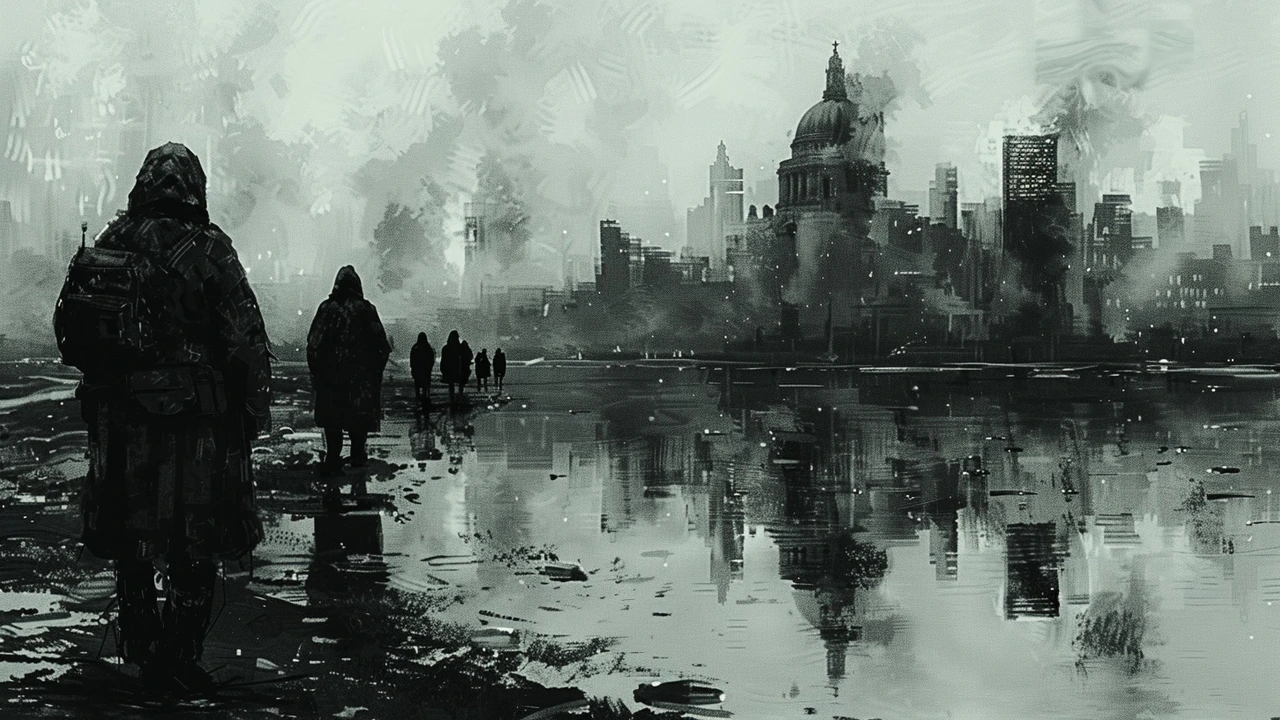
Exploring Deconstructivism: A Revolution in Modern Architecture
Deconstructivism is not just a style; it's an avant-garde movement that challenges traditional architecture norms, aiming to disrupt the harmony and rigidity of conventional structures. This comprehensive article delves deep into the roots of Deconstructivism, highlighting its pioneers, iconic buildings, and the principles that make it stand out. As someone residing in Perth, Australia, I've seen architecture evolve, yet the radical twists and turns of Deconstructivism offer a refreshing perspective on what buildings can symbolize. We'll explore how this movement redefines spaces, its impact on contemporary architecture, and why it continues to inspire architects worldwide.
Read more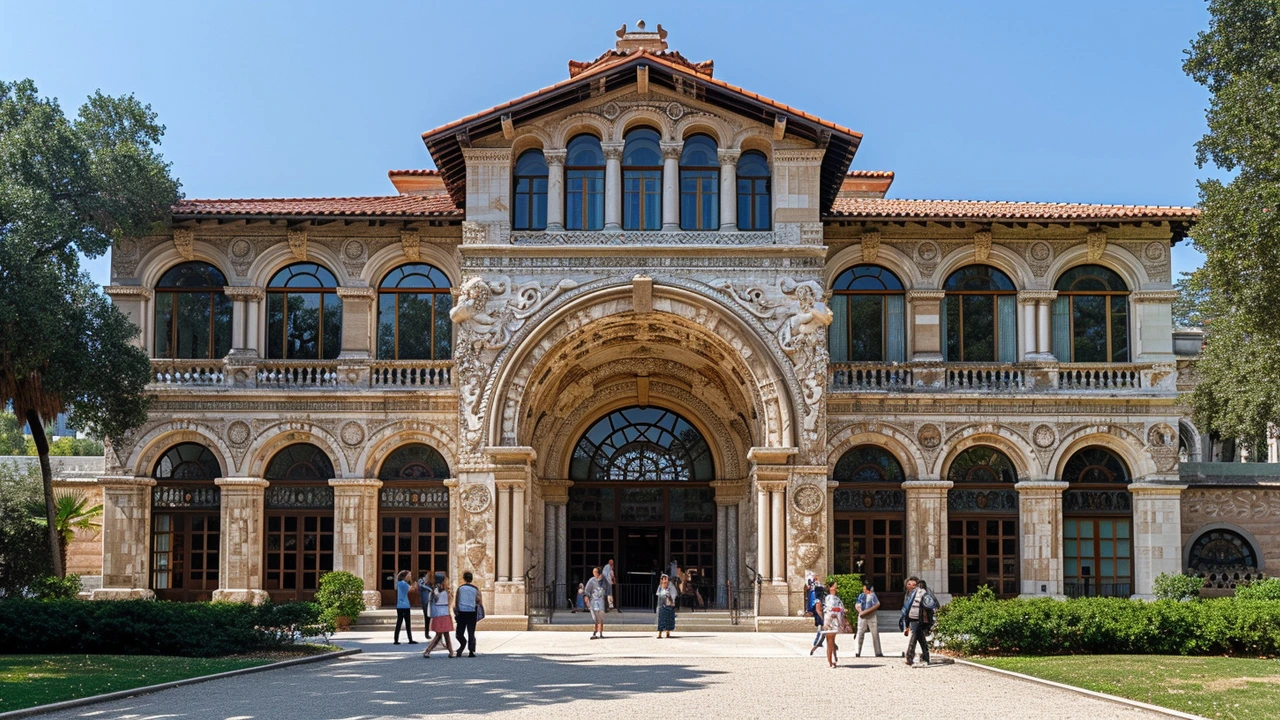
Reviving the Past: The Renaissance in Modern Architecture
Say hello to the past, folks, because the Renaissance is making a grand comeback in our modern architectural designs! It's like a timeless beauty waving hello from the past, infusing our concrete jungles with the elegance of yesteryears. Get ready to see domes, arches, columns and frescoes-styled by the new-age Michelangelos! It's a blast from the past, but with a futuristic twist. So, buckle up for this architectural time travel because the Renaissance is not just reviving, it's thriving in our modern world!
Read more